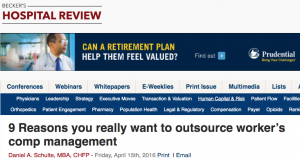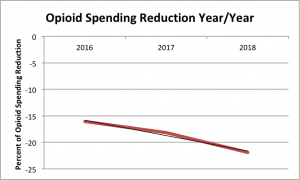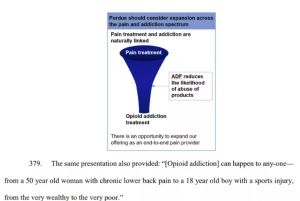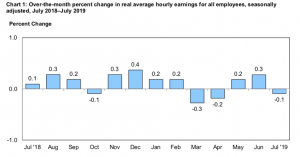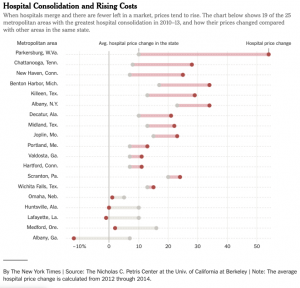Debtwire reported (subscription required) yesterday that multiple sources indicated work comp medical services firm One Call has retained Centerview Partners “as liquidity tightens, covenant hurdles loom.”
Centerview, an investment bank with extensive experience in the workers’ comp service industry, will reportedly “help [One Call] navigate balance sheet pressure, including a potential liquidity shortfall and covenant compliance hurdles.”
(A “liquidity shortfall” means a company may not have enough available cash to pay its bills.)
Debtwire also noted other sources said a group of One Call’s lenders have retained Jones Day as legal counsel.
Ten days ago One Call CEO Rone Baldwin released a business update on One Call’s website indicating “One Call is in full compliance with all debt covenants.”
The Debtwire piece went on to indicate that the company had $11 million of available liquidity split between cash and a revolving debt vehicle (it was not clear if this was at the end of of the second quarter or at some other time). This was down from $18 million at the end of the first quarter.
Several other sources discussed “potential remedies” to the company’s current situation, naming a meaningful debt for equity swap and/or a fresh injection of additional equity.
I don’t see either as viable options.
Equity would have to come from current owner Apax (or, much less likely, another investor). Apax has already written down its original investment. Private equity firms have to get agreement from their investors before spending their dollars; I strongly doubt Apax’ investors will want to increase their financial exposure to a potential default. More detail on this here.
The debt for equity swap is also unlikely. If the covenants are breached, the debtholders likely get (some) control over the company. I don’t see why the debtholders would swap debt for equity now, when that may occur in the near future.
Debtwire’s reporting comes on the heels of Baldwin’s announcement of a layoff of about 50-60 folks; on Friday Michael Jordan, the former head of One Call’s effort to expand into group health departed.
My best guess is One Call’s daily revenue is around $5 million. Unfortunately, the company’s headquarters was closed for at least two days due to hurricane Dorian. The closure plus the strong likelihood that Dorian prevented many claimants from scheduling or receiving services provided via One Call didn’t do anything to help the company’s tight cash flow.
For more detail on the company’s recent history, here’s information on One Call’s debt refinancing, and a detailed review of One Call as of December 2018.
I’ve asked Moody’s and S&P when they will update One Call’s credit rating and will report back if and when that occurs.

